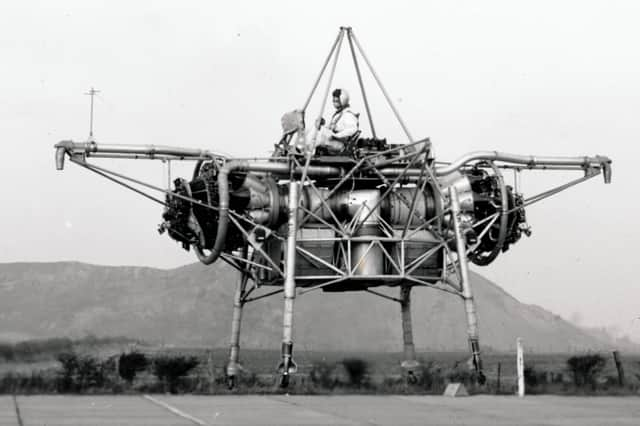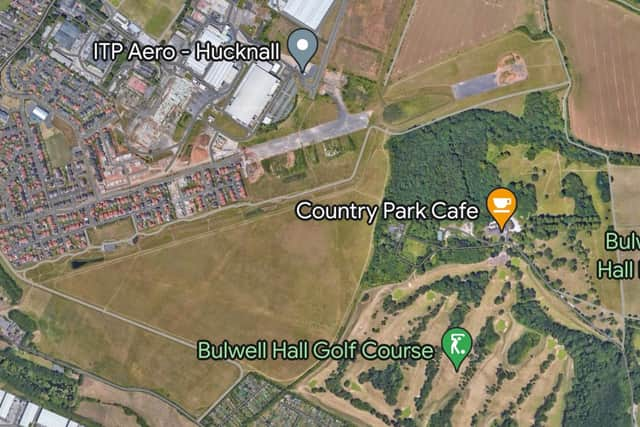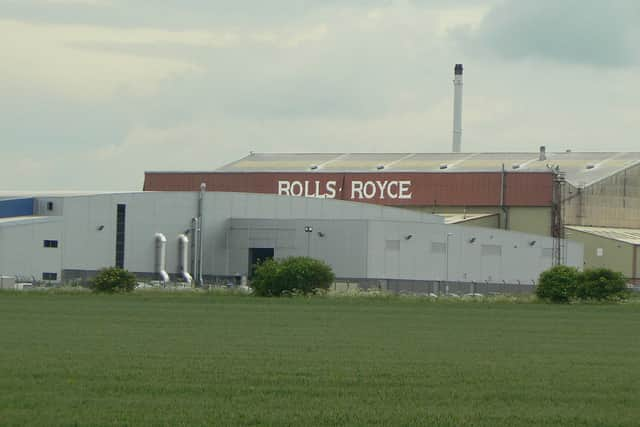More houses built on historic former Hucknall Aerodrome where ‘Flying Bedstead’ was made


A new housing development on a former RAF airfield in Hucknall which played a key role in both World Wars has reached its next phase.
In 2015 Harron Homes received planning permission to build its first phase of the Sandlands Park development on the site of the former Hucknall Aerodrome.
Advertisement
Hide AdAdvertisement
Hide AdA total of 99 homes were built in the first phase of the project, with residents moving into their properties in October 2015.
Now, with the development’s fourth phase well underway, the next group of residents is set to move in later this spring.
Prices for the collection of luxury new four and five-bedroom houses start from £366,995.
Advertisement
Hide AdAdvertisement
Hide AdSandlands Park is established outside of Hucknall on an area of land that in the twentieth century became the Hucknall Aerodrome.


From its founding in 1916 during World War I, it served a vital function, operating as a base for the No. 15 Training Depot of the Royal Flying Corps (RFC) and its fleet of fighter planes.
From 1939 onwards, as the Second World War began, the site, then known as RAF Hucknall, housed various fighter squadrons until the end of the conflict.
In late 1940, a visiting pilot crash-landed on RAF Hucknall in a Wellington bomber.
Advertisement
Hide AdAdvertisement
Hide AdClaiming to be a Dutchman by the name of Captain van Lott, he stated that he was a member of a special squadron and needed to borrow an aircraft to return to his base at RAF Dyce, near Aberdeen in Scotland.


He subsequently turned out to be Franz von Werra, an escaped convict from the prisoner of war camp at Swanick in Derbyshire.
It was at Hucknall Aerodrome that, under Rolls Royce, the first VTOL (Vertical Take Off and Landing) engines were developed, which were used on the famous ‘Flying Bedstead’ aircraft.
The first test flight took place at Hucknall Aerodrome in 1953 and last year students from the University of Nottingham built a working replica to celebrate the flight’s 70th anniversary.